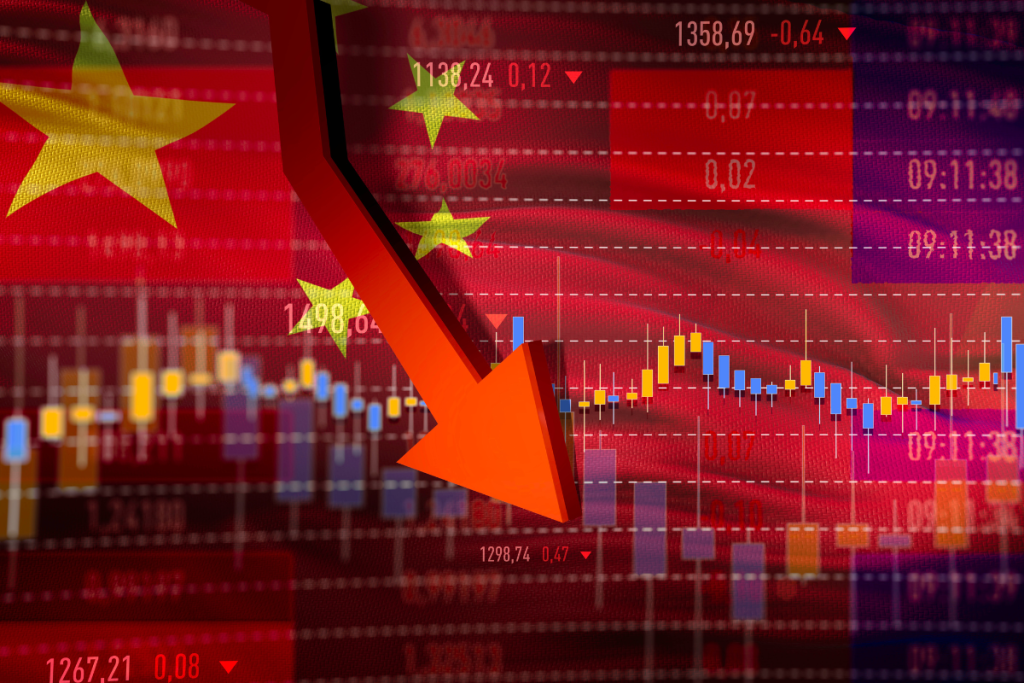Faced with a volatile trade environment, major technology firms are intensifying efforts to diversify supply networks beyond China. New analysis from Everstream Analytics highlights how geopolitical risk, rising labor costs, and tariff volatility are reshaping sourcing strategies in real time.
Rising Trade Pressures Force Geographic Pivot
Major electronics manufacturers are restructuring their sourcing strategies to reduce reliance on China, according to Everstream Analytics’ latest report, Shifting Away from China. The move reflects mounting pressure from U.S. tariffs, higher Chinese labor costs, and increased regulatory uncertainty.
India, Vietnam, Malaysia, Thailand, and Taiwan have emerged as preferred alternatives for assembling high-volume electronics such as smartphones, laptops, and smartwatches. These markets are gaining traction not only for their cost advantages but also for their growing alignment with Western trade policies.
The shift marks a broader effort to lower geopolitical exposure by redistributing production across more stable, lower-risk regions. For many companies, that means rethinking not just where final products are assembled, but where upstream components originate.
Tariff Risk Forces Closer Scrutiny of Supply Chains
Traditional gaps in tariff visibility are leaving companies exposed to cost miscalculations and compliance delays, according to the report. The issue has become more acute following the U.S. government’s 2025 tariff expansion on electronics and semiconductor components.
Without detailed mapping of supplier origin and bills of materials, firms risk locking in inflated landed costs or triggering delays related to requalification and customs controls. As a result, trade exposure is moving from a finance-led concern to a core operational input.
Companies are increasingly relying on scenario modeling and granular trade data to inform sourcing decisions—especially when shifting production to new regions. Tariff volatility is no longer a background risk but a defining factor in how networks are designed.
Avoiding a New Bottleneck
Diversifying away from China solves one problem but may create another. As more firms concentrate sourcing in the same handful of countries, labor shortages, infrastructure strain, and lead time variability are emerging risks. Vietnam, for example, has seen sharp increases in wages and factory saturation over the past two years.
To avoid repeating the same overexposure patterns, companies will need to diversify across more than one alternative market. That includes strengthening supplier development programs, deepening sub-tier visibility, and building out digital trade intelligence capabilities. For the tech sector, resilience now depends as much on geographic agility as it does on supplier cost.





